I have the following data which I want to plot with ggplot:
SC_LTSL_BM 16.8275
SC_STSL_BM 17.3914
proB_FrBC_FL 122.1580
preB_FrD_FL 18.5051
B_Fo_Sp 14.4693
B_GC_Sp 15.4986
What I want to do is to make a bar plot and maintain the order of the bar,
(i.e. starting with SC_LTSL_BM ...B_GC_Sp). But the default behavior of
ggplot geom_bar is to sort them. How can I avoid that?
library(ggplot2)
dat <- read.table("http://dpaste.com/1469904/plain/")
pdf("~/Desktop/test.pdf")
ggplot(dat,aes(x=V1,y=V2))+geom_bar()
dev.off()
The current figure looks like this:



